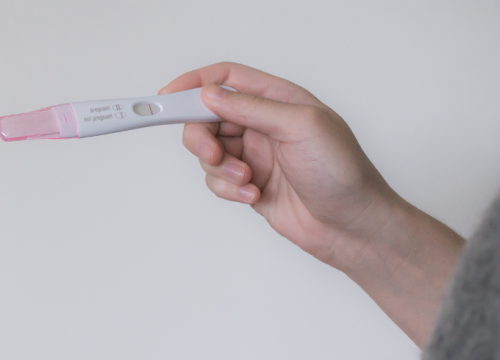Pelvic organ prolapse occurs when there is weakness or damage to the normal support of the pelvic floor, which results in a herniation of the vaginal wall.
This pelvic floor disorder happens when the vaginal walls can no longer support the pelvic organs and a protrusion through the vaginal opening develops. The pelvic organs include the bladder, cervix, uterus, bowel and rectum.
It is estimated that nearly 50 percent of all women between the ages of 50 and 79 have some form of prolapse.
Pelvic Organ Prolapse Causes
- Injuries to the muscles or fascia of the pelvic floor are typically caused by women having children, especially vaginal or operative vaginal deliveries (e.g., with forceps).
- Menopause, aging and intense repetitive physical activity can also lead to pelvic organ prolapse.
- Other factors that lead to increased pressure in the abdomen (such as obesity, chronic constipation and chronic coughing) can worsen or lead to pelvic organ prolapse.
- In some cases, prolapse is a hereditary disorder that runs in families.
- Some women are born with weaker tissues and are therefore at risk to develop prolapse. For example, Caucasian women are more likely than African American women to develop pelvic organ prolapse.
Pelvic Organ Prolapse Symptoms
Women with pelvic organ prolapse often have no symptoms. However, the following are common complaints of women with pelvic organ prolapse:
- A bulging, pressure or heavy sensation in the vagina that worsens by the end of the day or during bowel movements
- The feeling of “sitting on a ball”
- Needing to push stool out of the rectum by placing fingers into or around the vagina during a bowel movement
- Difficulty starting to urinate, a weak or spraying stream of urine
- Urinary frequency or the sensation of being unable to empty the bladder
- The need to lift up the bulging vagina or uterus to start urination
- Urinary incontinence (leaking) and/or fecal incontinence
- Pain with intercourse
- Vaginal dryness or irritation
Pelvic Organ Prolapse Treatment at Valley
- An array of treatment options for pelvic organ prolapse exist, including the non-surgical option of a pessary. A pessary is inserted into the vagina to reduce the prolapse inside the vagina.
- Surgical options at Valley include robotic sacrocolpopexy and vaginal surgery.
- Our urogynecology program will evaluate your prolapse and review with you treatment options appropriate for your situation.
















